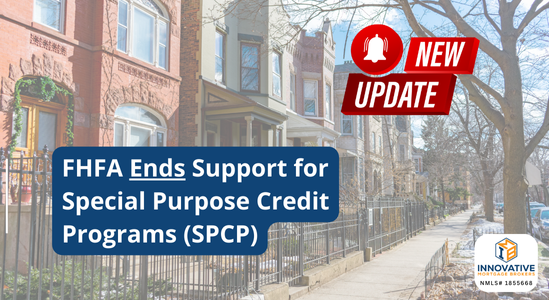What It Means for Borrowers and the Industry In a significant policy shift, the Federal…
The Ultimate Guide to Mortgage Recast
Navigating the world of home loans can be challenging, especially when you’re trying to find ways to make your mortgage more manageable. One strategy that’s often overlooked is mortgage recast. In this blog post, we’ll delve into the details of mortgage recasting, how it works, and when it might be a beneficial option for you.
What is Mortgage Recast?
Mortgage recast is a financial strategy that involves making a substantial lump-sum payment towards your loan’s principal balance. In response, your lender recalculates – or “recasts” – your monthly payments based on this new, lower balance. Importantly, mortgage recasting does not change your interest rate or loan term, but it does lower your monthly payments.
The Process of Mortgage Recast
After closing on your home, you can choose to put a significant amount towards the principal balance. Your lender then recalculates your remaining payments based on the outstanding balance and the remaining term. This approach can lower your monthly payments without the need for closing costs or extensive paperwork involved in refinancing.
Benefits of Mortgage Recast
Mortgage recasting can offer several benefits:
- Lower Monthly Payments: By reducing the principal balance, your monthly payments will decrease, freeing up cash for other expenses or investments.
- No Change in Interest Rate or Term: Unlike refinancing, recasting doesn’t alter your interest rate or loan term.
- Avoids the Hassle of Refinancing: Recasting is a simpler process than refinancing, requiring less paperwork and typically no credit check.
Mortgage recasting can be particularly beneficial for homeowners who have recently come into a significant amount of money, such as an inheritance, a large bonus, or proceeds from the sale of another property. By investing this money into their mortgage, they can reduce their monthly payments, making their home loan more manageable in the long run.
Additionally, mortgage recasting may also be a good option for those who are planning for a future with a reduced income. For example, individuals approaching retirement might consider recasting their mortgage. By making a lump-sum payment while they still have a regular income, they can lower their monthly expenses once they stop working. Similarly, someone planning to switch to a job with a lower salary or to take time off work might use mortgage recasting to make their mortgage payments more affordable.
Considerations Before Recasting Your Mortgage
Like any financial decision, mortgage recasting has its considerations:
- Not All Loans are Eligible: Not all types of loans can be recast, and not all lenders offer this option.
- Fees May Apply: Some lenders may charge a fee for recasting your mortgage, so it’s essential to discuss the specifics with your lender.
- Lump-Sum Payment: You’ll need to have a significant amount of money available to make the lump-sum payment required for recasting.
Conclusion
Mortgage recasting can be a powerful tool for homeowners who have come into extra money and want to reduce their monthly mortgage payments. However, like all financial decisions, it should be considered carefully and ideally discussed with a financial advisor. Understanding the ins and outs of mortgage recasting can help you make the best decision for your financial future.





